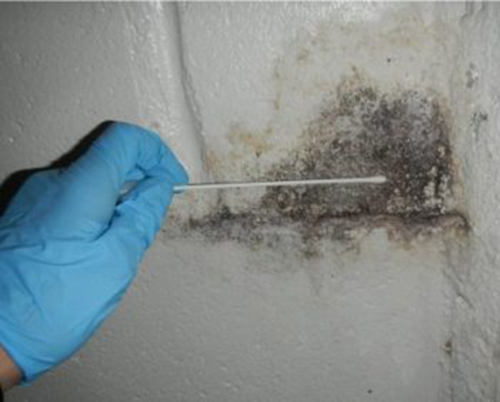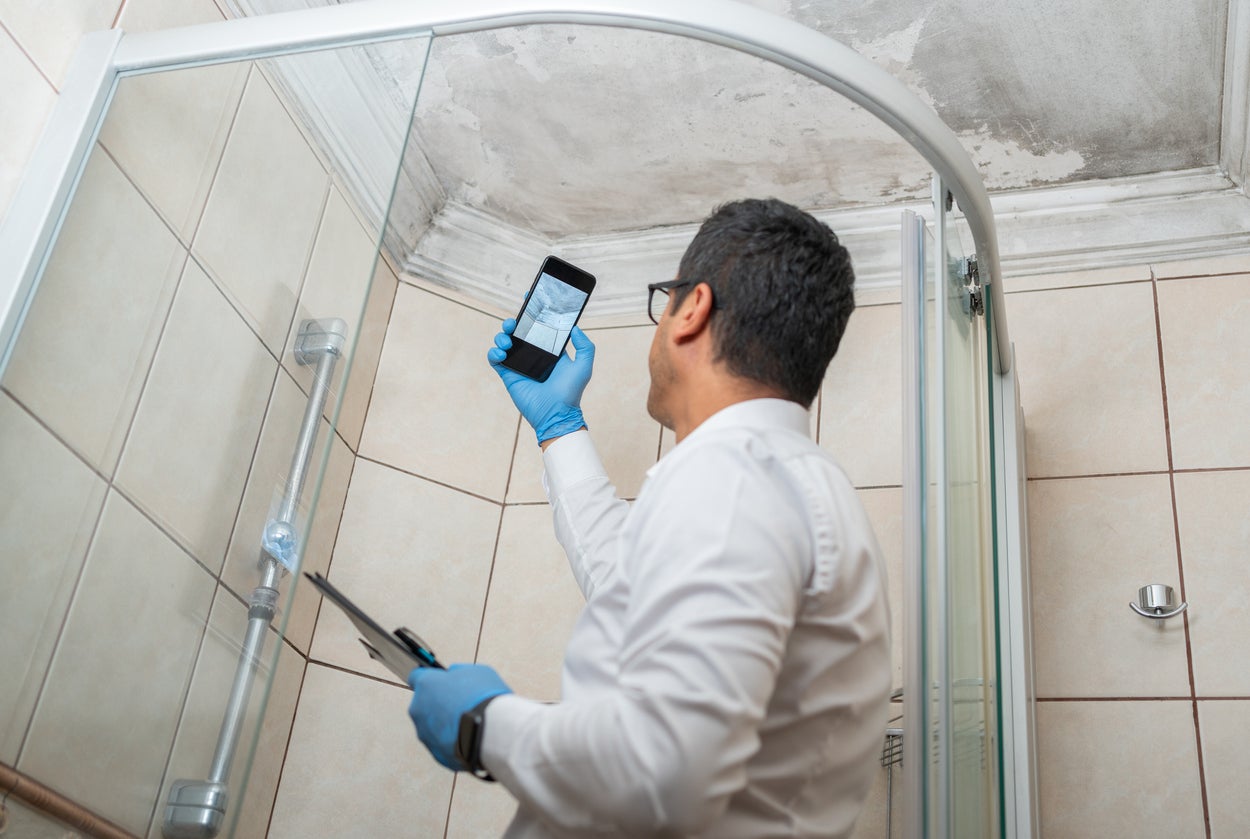Testing Air Quality After Mold Remediation
Wiki Article
Effective Article Mold And Mildew Removal Solutions for Your Home
Mold and mildew development in homes can be a consistent issue, often needing a methodical approach for efficient post-remediation services. From recognizing the elements that contribute to mold growth to executing correct cleaning strategies and wetness control procedures, the process can be detailed yet important for maintaining a healthy and balanced living environment. what to do after mold remediation.Recognizing Mold Development Factors
Mold and mildew development is influenced by a variety of variables that are important to understand in order to effectively attend to and stop its proliferation. Understanding these variables is important in carrying out effective mold remediation methods. The main factor adding to mold development is dampness. Mold and mildew spores require moisture to grow and germinate, making moist or moist settings highly vulnerable to mold problems. Poor air flow can also cause moisture build-up, developing a suitable breeding place for mold and mildew.
In addition, air flow and light direct exposure can impact mold and mildew development. Locations that do not have appropriate air flow and natural light are more prone to mold and mildew development. By resolving these aspects comprehensively, people can efficiently reduce mold and mildew growth and secure their living environments.
Correct Mold Cleaning Techniques
Making use of effective cleaning approaches is necessary in dealing with and protecting against the reoccurrence of mold contamination in interior settings. When handling mold and mildew, it is important to focus on security by putting on protective gear such as gloves, goggles, and masks. The initial step in proper mold cleaning is to have the affected area to avoid the spread of spores to uncontaminated areas. This can be attained by securing off the space and utilizing air scrubbers or adverse air devices to keep air quality.
Implementing Dampness Control Actions
To properly stop mold development and contamination in indoor environments, applying wetness control steps is extremely important. Furthermore, guaranteeing correct ventilation in locations susceptible to moisture buildup, such as cooking areas and restrooms, can aid minimize the threat of mold and mildew growth. By carefully implementing these dampness control measures, home owners can efficiently lower the probability of mold and mildew recontamination and preserve a healthy and balanced indoor setting.Using Natural Removal Solutions
After effectively implementing wetness control actions to avoid mold and mildew growth in interior settings, property owners can currently explore the performance of all-natural remediation services in keeping a healthy and balanced living space. All-natural remediation services use eco friendly techniques to deal with mold and mildew and mildew, making them a prominent selection for those looking for non-toxic options. One such option is making use of vinegar, a natural antimicrobial agent, to clean and disinfect surface areas infected by mold and mildew. Simply weaken vinegar with water and spray it onto the influenced locations, allowing it to sit for a couple of hours prior to wiping tidy. In addition, tea tree oil, known for its antifungal residential or commercial properties, can be blended with water and sprayed onto mold-infested surfaces to prevent additional growth. One more natural choice is hydrogen peroxide, which can successfully eliminate mold on different surfaces without leaving unsafe deposits behind. By incorporating these natural removal options right into their cleaning routines, property owners can efficiently fight mold development while advertising a healthier indoor environment on their own and their family members.
Preserving a Mold-Free Setting
In order to stop mold reoccurrence and make certain a consistently mold-free atmosphere, it is essential for house owners to implement positive upkeep practices. On a regular basis inspecting areas susceptible to mold and mildew development, such as restrooms, cellars, attic rooms, and cooking areas, is crucial. Dealing with any type of leakages, water damages, or excess moisture promptly can substantially lower the threat of mold and mildew development. testing air quality after mold remediation. Correct air flow in locations with high moisture degrees is additionally vital to stop mold and mildew development. Making use of dehumidifiers or exhaust followers can aid keep optimum dampness degrees and discourage mold and mildew spores from growing.In addition, maintaining cleanliness in the home is crucial for mold and mildew avoidance. Keeping indoor plants in check and ensuring appropriate water drainage in outdoor landscaping can reduce wetness accumulation, reducing the likelihood of mold invasions.
Conclusion
In verdict, it is necessary to deal with mold development elements, use correct cleaning techniques, carry out moisture control actions, use natural removal solutions, and preserve a mold-free environment in order to properly handle post mold remediation in your home - Post Mold Remediation. By complying with these strategies, you can avoid mold and mildew from repeating and make certain a healthy living setting for you and your family
The main variable contributing to mold development is moisture. Mold and mildew spores call for moisture to germinate and grow, making humid or moist settings highly vulnerable to mold and mildew infestations.To efficiently stop mold and mildew development and contamination in indoor environments, carrying out dampness control actions is critical. Furthermore, making certain proper ventilation in areas susceptible to moisture accumulation, such as kitchens and restrooms, can assist minimize the danger of mold and mildew development.After efficiently applying dampness control actions to prevent mold growth in interior settings, homeowners can now explore the effectiveness of natural removal remedies in keeping a healthy and balanced living room.
Report this wiki page